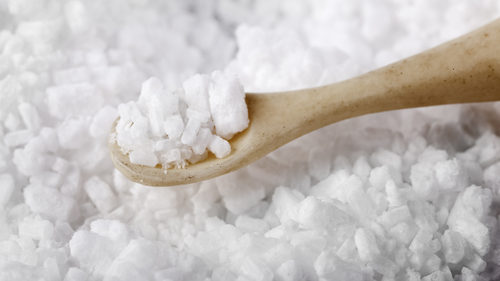Cocaine, also known as coke, is a highly addictive, fast-acting nervous system stimulant. It is an illegal drug that is used recreationally. Cocaine is made from the leaves of a plant that is native to South America, called the coca plant. In its purest form, it looks like a fine white powder, resembling flour or talcum powder. There are several ways in which people can ingest cocaine (e.g., snort cocaine powder, rub cocaine powder onto one’s gums, dissolve cocaine powder into water and inject it directly into the bloodstream, etc.). Cocaine can be smoked after it has been processed into crack cocaine, which is the crystal form of cocaine. The United States Drug Enforcement Administration (DEA) classifies cocaine as a Schedule II Substance, which is defined as a drug “with a high potential for abuse with use potentially leading to severe psychological or physical dependence.” The average half-life, meaning the length of time the substance will remain in one’s system until the concentration in one’s blood has been reduced by half, of coke is approximately one hour.
Detox Timeline
The way the cocaine works in one’s body is by sending increased levels of dopamine (a neurotransmitter that carries signals between brain cells) to areas of the brain that reign pleasure, and the excess buildup of dopamine elicits feelings of energy, alertness, and euphoria. Detox is defined as “a set of interventions aimed at managing acute intoxication and withdrawal. It denotes a clearing of toxins from the body of the patient who is acutely intoxicated and/ or dependent on substances of abuse.” The detox timeline of cocaine is divided into the following three stages:
- Stage one: also known as “the crash” stage, can begin as soon as 60 minutes after one’s last dose and can last up to several days. Commonly reported examples of withdrawal symptoms from cocaine during this stage include nausea, anxiety, difficulty sleeping and irritability. Relapse is also highly common due to the intensity of adverse symptoms.
- Stage two: also known as “the withdrawal” stage, occurs right after phase one and can last up to ten weeks long. While physical withdrawal symptoms begin to subside during this stage, strong cravings for cocaine persist.
- Stage three: also known as “the extinction” stage, after ten weeks most withdrawal symptoms will have completely dissipated, but an individual may experience intermittent cravings for the following several months.
Depending on the individual, cocaine detox could last anywhere from a few weeks long to several months, and in some cases longer.
For Information and Support
If you are concerned for yourself or a loved one regarding substance abuse and/ or addiction, we recommend reaching out for help as soon as possible. If left untreated, substance abuse can result in long lasting and potentially life-threatening consequences. Keep in mind: you are not alone! There is an entire network of professionals that are available to help and support you and your loved one throughout the recovery process. The earlier you seek support, the sooner your loved one can return to a happy, healthy, and fulfilling life.
Please do not hesitate to reach out with any questions regarding our specific program at Haven House Addiction Treatment and/ or general substance abuse and/ or addiction treatment related information. Our highly trained staff is readily available to discuss how we might best be able to help you and your loved one. We can be reached by phone at 424-258-6792. You are also welcomed to contact anytime us via email at admissions@hhtxc.com



